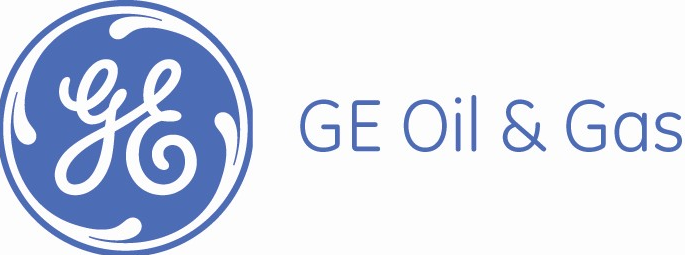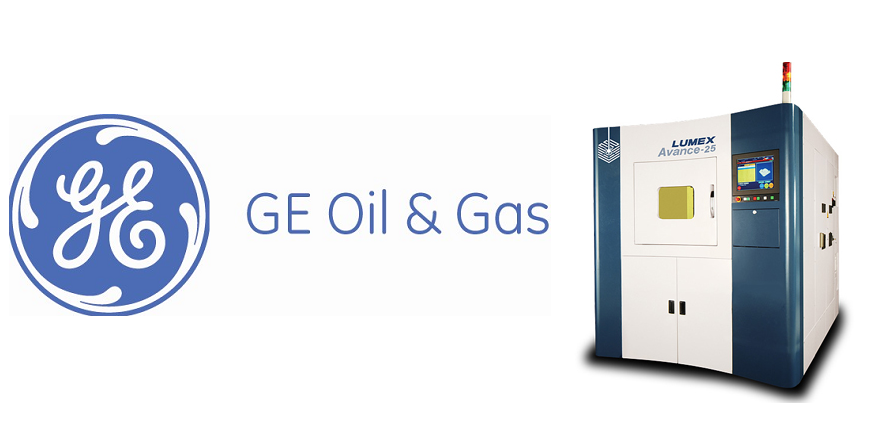 Although it goes relatively unnoticed, many of today’s top manufacturers are using 3D printing to both prototype and produce end-use parts. One such company is General Electric, which has been in business since 1889 when Thomas Edison’s Lamp and Machine works companies merged with Bergmann & Company, an electric lighting fixtures and sockets company. Over the last 126 years the company has grown tremendously and has managed to stay ahead of the competition in many respects. A company doesn’t last and flourish for 126 years without swiftly adopting new technologies as they come along, such as additive manufacturing.
Although it goes relatively unnoticed, many of today’s top manufacturers are using 3D printing to both prototype and produce end-use parts. One such company is General Electric, which has been in business since 1889 when Thomas Edison’s Lamp and Machine works companies merged with Bergmann & Company, an electric lighting fixtures and sockets company. Over the last 126 years the company has grown tremendously and has managed to stay ahead of the competition in many respects. A company doesn’t last and flourish for 126 years without swiftly adopting new technologies as they come along, such as additive manufacturing.
We have covered stories in the past in which GE used 3D printing for both prototyping and end-use parts within their US headquarters to manufacture jet engine parts. Also, the company’s Healthcare division in Japan has been using plastic 3D printers at their Hino factory to advance their manufacturing techniques. Now, however, GE Oil & Gas seems to be expanding that use, introducing the first metal 3D printers into their Japanese operations at their Kariwa plant in Niigata Prefecture. Here they are using hybrid metal laser sintering 3D printers to manufacture the company’s Masoneilan control valve parts, which are used in various applications within the energy industry.
There are several benefits to using additive manufacturing in the production of these control valve parts. Namely the freedom to design specific types of valves in shapes which were never possible with traditional molding techniques. For instance, intricate shapes, hollow structures, and woven meshes are able to be realized in designs. Additionally a great deal of time is being saved. Specialty parts can now be designed and fabricated in a matter of a couple of weeks as opposed to the typical 3-month wait seen using traditional manufacturing methods.
“A completely new form of product manufacturing has been realized through the advanced technology of the metal 3D printer and the full utilization of that technology through the outstanding creativity of Japanese designers,” explained Alvin Jeffers, Senior Executive for GE Oil & Gas’ Global Supply Chain. “Advanced manufacturing has changed the conventional definitions and mechanisms of manufacturing, namely design and production, while offering an abundance of merits to customers, such as faster manufacturing times and greatly reduced costs. I am confident that it will become a new standard in the manufacturing industry in the near future.”
For the production of these control valve parts, GE Oil & Gas is currently using a LUMEX Avance-25 metal 3D printer that’s been manufactured by a company called Matsuura Machinery Corporation. The machine combines both additive and subtractive means of manufacturing within a single unit. Below you will find some quick specifications of this machine:
- Laser Type: Yb fiber optic laser

- Laser Power: 400W
- Estimated Price: $846,000
- Max Spindle Speed: 45,000 min-1
- Machine Weight: 4500kg
- Max Build Envelope: 250 x 250 x 150 mm
- Outer Dimensions: 1800 x 2050 x 2500 mm
“We consider this metal 3D printer to be the best means for delivering high-grade products that meet the customer’s individual needs in the shortest amount of time and with increased cost competitiveness,” stated Mitsuaki Sakonju, the Kariwa plant Director. “GE’s Kariwa plant will continue to work to provide its customers in Japan with the most suitable control valve products and solutions in the shortest amount of time possible by making full use of its accumulated knowledge and the latest technology.”
It will be interesting to see how GE continues to expand their use of 3D printing in their other markets and verticals in the coming months and years ahead. Let us know your thoughts on this announcement in the GE Oil & Gas 3D Printing Control Valve Parts forum thread on 3DPB.com. Check out the video below of the LUMEX Avance-25 metal 3D printer in action:

Subscribe to Our Email Newsletter
Stay up-to-date on all the latest news from the 3D printing industry and receive information and offers from third party vendors.
You May Also Like
HP & INDO-MIM Collaborate to Boost Metal 3D Printing in India
HP Inc. and INDO-MIM, a US- and India-based supplier of metal injection molding (MIM) powders and contract manufacturer, have announced that the two companies will collaborate to accelerate additive manufacturing...
New Report: Semiconductor Industry to See $1.4B in 3D Printing Revenues by 2032
“The semiconductor sector has become the most strategically significant area of global industry.” Truer words are hard to come by when it comes to the modern world, and they are...
One of US’s Largest Machine Tool Resellers to Offer Stratasys 3D Printing
In a key move for the additive manufacturing (AM) stalwart, Stratasys (Nasdaq: SSYS) has announced a strategic partnership with Select Additive Technologies, a division of Morris Group, Inc., which is...
3D Printing Unpeeled: Orbex Investment, IndoMIM and HP, Ultrasonic Waves
INDO-MIM has bought three HP Metal Jet S100 printers, operating two in India and one in Texas. This is a win for HP because the company has deep experience in...





























